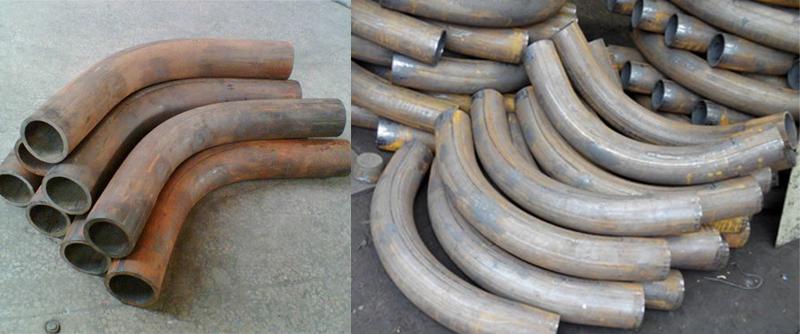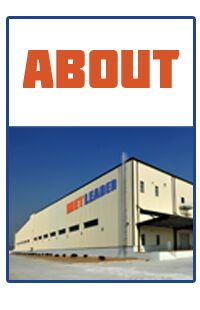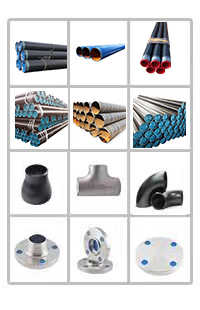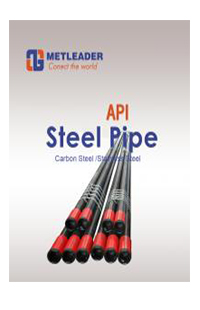Carbon steel bend defect and water pressure experiment
Carbon steel elbow defect and hydraulic pressure test. The presence of elbow defects can have a significant negative impact on the quality of bent pipe fittings. The thinning of the wall thickness will inevitably reduce the ability of the tube to withstand internal pressure and affect its performance.The distortion of the cross-sectional shape of the curved pipe may, on the one hand, cause a decrease in the cross-sectional area, thereby increasing the resistance to fluid flow, and on the other hand, the functional effect of the pipe in the structure; the wrinkling of the inner wall of the pipe not only weakens the strength of the pipe, but also easily causes The velocity of the flowing medium is uneven, and eddy currents and bent parts accumulate dirt, which affects the normal use of bent pipe fittings; the rebound phenomenon inevitably causes the bending angle of the pipe material to be greater than a predetermined angle, thereby reducing the bending process accuracy. Therefore, corresponding measures should be taken before the bending to prevent the above-mentioned defects, to obtain the ideal pipe fittings, and to ensure the product's performance indicators and appearance quality. In the general case, for the several common defects mentioned above, the following measures can be taken in a targeted manner:

(1) For pipes with serious flattening on the outside of the arc, when the coreless elbow is used, the compression mold can be designed to have the structure of an anti-deformation groove: When cored elbows are used, the appropriate mandrel should be selected ( If necessary, a flexible mandrel assembled from multi-section mandrels can be used), installed correctly, and the slot axis of each part is guaranteed to be on the same level when the mold is installed.
(2) The thinning of the outer radius of the small-radius elbow arc is determined by the characteristics of the bending process and is unavoidable. In order to avoid excessive thinning, a commonly used effective method is to use a pipe bender with a booster device on the side or an ejector device on the tail to counteract some resistance when the pipe bends by boosting or pushing. The stress distribution on the cross-section causes the neutral layer to move outwards, so as to reduce the tube wall thickness of the tube.
(3) For the situation where the arc of the pipe is bent outside, the pipe must first be guaranteed to have a good heat treatment state, and then check whether the pressure of the pressing die is too large and adjust the pressure to be appropriate. Finally, the mandrel and pipe wall should be guaranteed. There is good lubrication between them to reduce the resistance of the elbow and the friction between the inner wall of the pipe and the mandrel.
(4) For wrinkles on the inside of the arc, take corresponding measures according to the position of the wrinkles. If the front tangent points are wrinkled, the position of the mandrel should be adjusted forward to achieve reasonable support for the pipe when the pipe is bent: If the rear tangent point is wrinkled, an anti-crease block should be added to make the installation position of the anti-crease block correct. The die force is adjusted to be appropriate; if the inside of the arc is full of wrinkles, the diameter of the mandrel used is too small, so that the clearance between the mandrel and the pipe wall is too large, or the die force is too small to make the pipe. In the bending process, it fits well with the bending tube mold and the wrinkle-proof block. Therefore, the mandrel should be replaced, and the pressure die should be adjusted so that the die force is appropriate.









